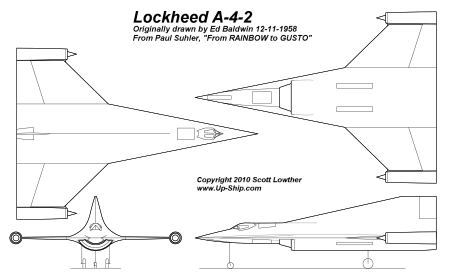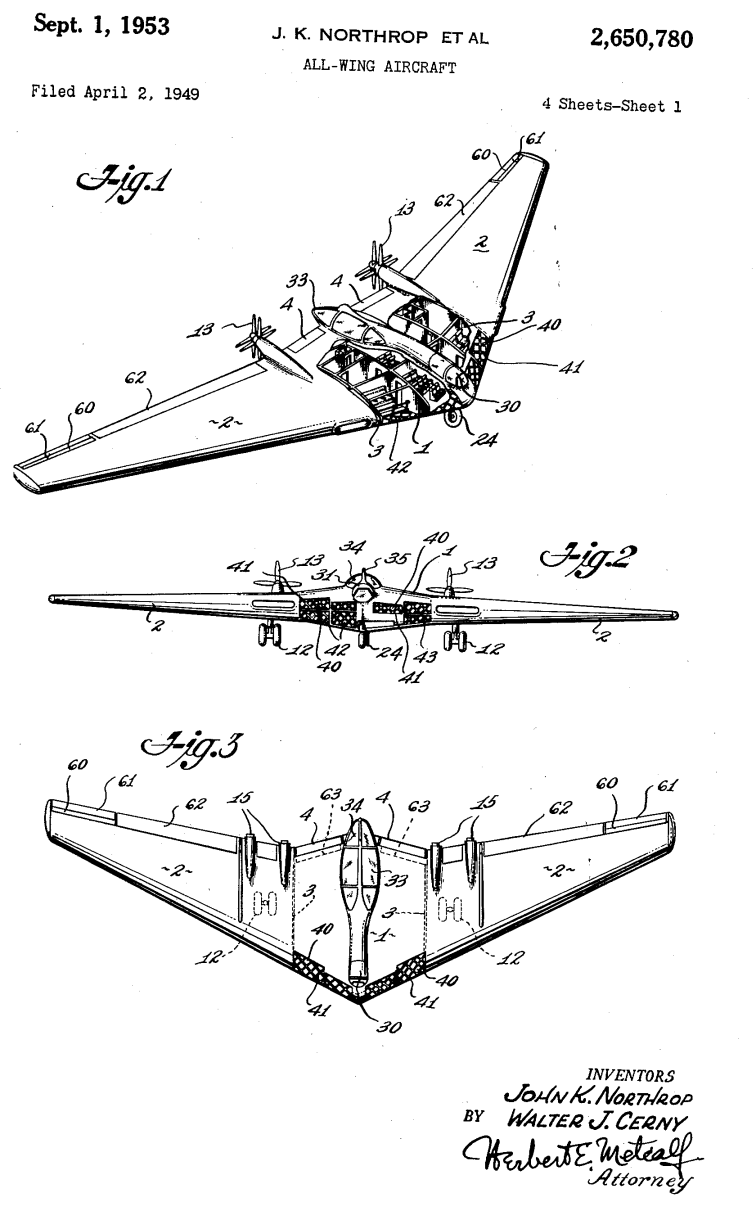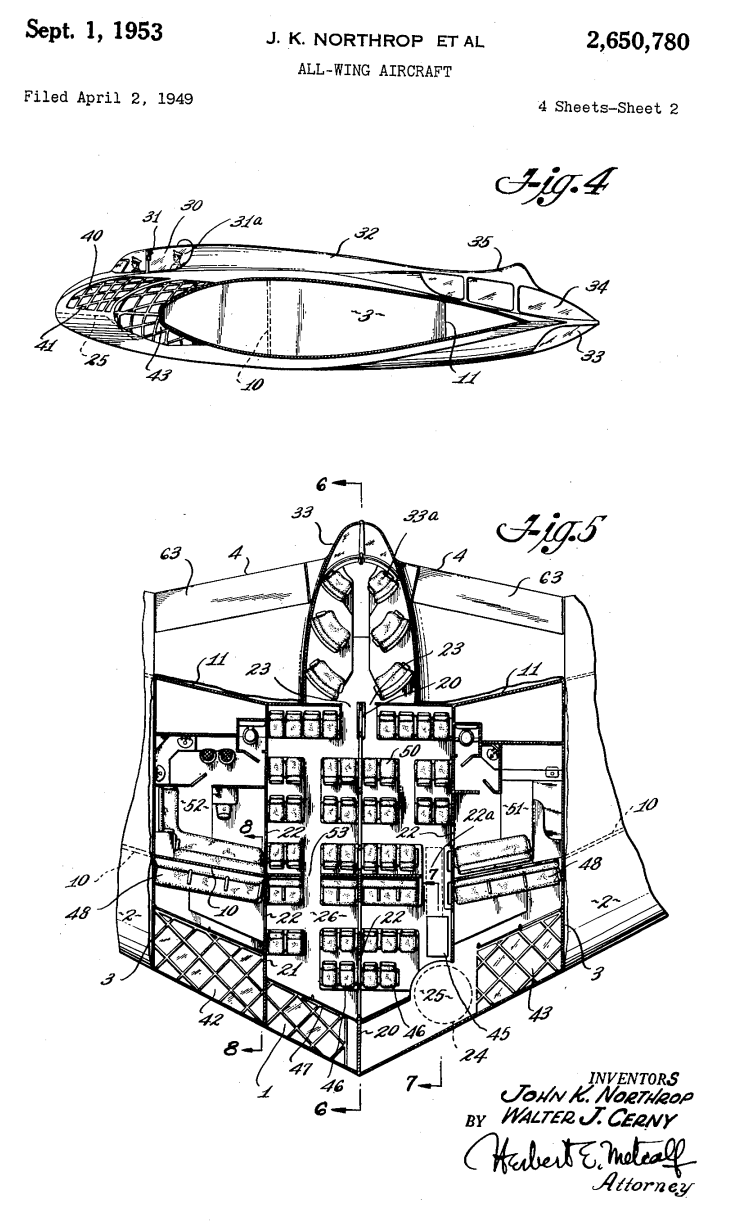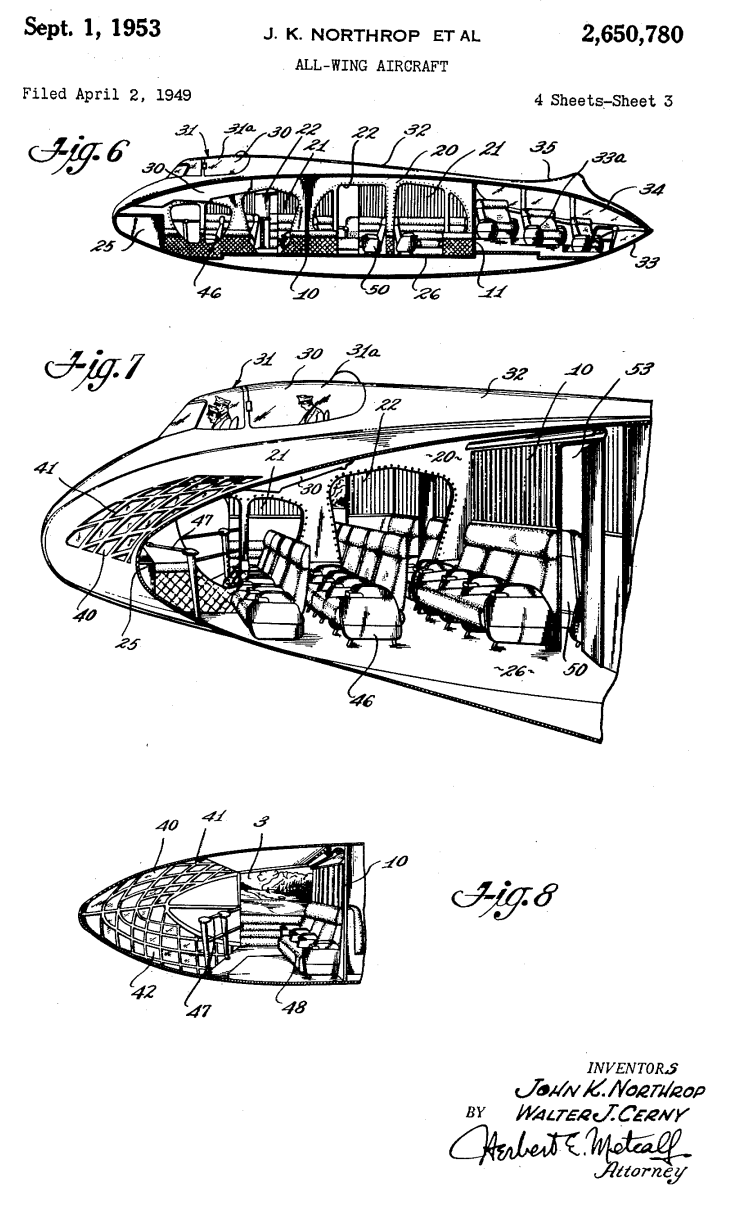I’ve somewhat re-worked the Introduction (previously touched on HERE). Here I blather forth on what the purpose of the book is, how it’s supposed to work and be used, and what the general “philosophy” of the book is. Keep in mind, this is still in the Draft stage. I tend to blather on and on and on and on and on and on and on and on and on and on and on and on and on and on and on and on and on and on and on and on and on and on and on and on and on and on and on and on and on and on and on and on and on and on and on for an excessive length until I do a few editting passes.
I’m not going to post the whole book online (I gots ta get paid), but a few bits here and there to get the idea across. Feel free to tell yer friends, forums, groups, whoever you think might be interested. If’n you’re very interested in seeing this book get published… buy my stuff or donate. I’m in the “starving artist” phase of authorship here.
——————————-
Introduction: Why is it important to “design” spaceships for science fiction?
It is generally not necessary for an author to design the spacecraft in their fiction to any great level of detail. In non-science-fiction fiction, when someone gets into a car, truck, boat or airplane, rarely does the author spend more than a fraction of a sentence describing the vehicle or how it is used. Only when the design, use or maneuvering of the vehicle is an important plot element does the author spend any time on it. This is a perfectly valid approach for spacecraft in science fiction – if the design isn’t really important, you don’t need to describe it in any detail. There are, however, three good reasons to design your Spaceship to a certain level of detail, even if you don’t reveal that detail in the book.
Reason 1: Pragmatism
There is a trap that authors and especially makers of TV/movie science fiction can fall into: how things work on a spaceship. Very few authors of conventional fiction would describe a Volkswagen Jetta as having a thousand horsepower, or casually mention that the Boeing 747 is currently cruising at one hundred thousand feet and traveling at ten thousand miles per hour. These are simply wrong, and the readers will know it… and will know that the author should have known it. It indicates that the author is either lazy or crazy; either does not know the basics of the subject, or does and is ignoring it. Such examples as these rarely occur in conventional fiction; but yet they occur with unnerving regularity in science fiction. For those readers or viewers who catch the errors, it is jolting, and can ruin an otherwise worthy tale.
The trap is that many things that many of the things that occur in science fiction have never been done before, or at least have not been done often, and thus the author may think that that their imagination can run riot and any description will do fine. The problem is that the universe runs by a set of rules, and, for the most part we know what those rules are. Most science fiction readers are reasonably well versed in the rules of physics, and will spot the most glaring errors. Some things are impossible, and we have a good idea what those things are.
A number of books, TV shows and movies will be referenced in this book, as examples of both what to do and what not to do. However, one source that should be utilized and kept in mind at all times is the TV show “Mystery Science Theater 3000.” This show, originally on public television, later on Comedy Central, and finally on the Sci Fi channel, was based on the simple yet largely effective premise that exceedingly bad and unwatchable movies could be made entertaining by making fun of them. Over the course of nearly 200 two-hour episodes, Joel and the bots, and later Mike and the bots (“who was better, Joel or Mike” is an argument precisely as relevant to this book as the argument “who was better, Kirk or Picard”) managed to heckle and berate movies and old serials. While these dubious masterpieces tended to make easy targets for derision by having bad acting, bad dialogue, bad plots and bad special effects, bad science was also properly berated (while, of course, the whole notion of a dogbone-shaped space station built by a mad scientist and his idiot assistant and crewed by a goofball and a few homemade robots seems to have been glossed over). On college campuses across America, science and engineering students watched taped episodes and heckled right along with Crow and Tom Servo, and then did the same thing when they see a new movie in the theaters or on TV.
Nobody likes to be heckled. When some needless gaff or blatant oversight comes along, rest assured that there will be someone in the audience who will point it out and laugh loudly. A work that is ridiculed is less likely to sell, and is less likely to be followed up. It can damage reputations, and can lead to a shorter, less lucrative career than otherwise might have been the case. It’s not just the author or screenwriter who will catch hell for unnecessary screwups… it’s also the editor, the publisher, the director, the producer, the film studio. If you cause someone else embarrassment, or even harassment from the angry fanboys, they will remember that and may punish you for it the next time you go to them for a payday.
Reason 2: Craftsmanship
Take pride in what you do! Know that you didn’t just slap something together, but spent the little extra time that was required to do it right. Just as members of the public generally don’t want to have much of anything to do with something that was just slapped together (except to point and laugh), you won’t want to have much to do with it either. When it comes to spacecraft, even terribly advanced spacecraft, you don’t have to just make things up… the knowledge of how to do just about anything physically possible exists, and plausible shortcuts are possible for those not known to be physically possible.
Reason 3: Consistency
If you have designed your spacecraft to the point where you have nailed down what its capabilities and characteristics are, then you can write your tale with little fear that your spaceship will be a fundamentally different beast at the end than it was at the beginning.
——
What This Book Can Do For You
This book will show how to design and use your Spaceship to a level of detail adequate to avoid the usual pitfalls of most science fiction. To do this, the technology levels are divided into the following types:
1) Now
2) Real Soon
3) On the Horizon
4) Beyond The Horizon
5) Magic
The “Now” class of spaceship is what can actually be built today, with equipment more or less off the shelf, or new designs that make no noticeable advancements on existing equipment. This would include such things as conventional staged, expendable launch vehicles (from small to very large), to space capsules, small spaceplanes, Shuttle-type vehicles, basic inter-orbit tugs, lunar landers and the like. All would be powered by such propulsion systems as chemically fueled rockets – liquid, solid and hybrid; some use of low thrust systems like ion engines and resistojets. These technologies, used wisely, allow for the early commercialization of near-Earth space and the limited manned exploration of the Moon, Mars and some nearby asteroids. Most importantly, these are the technologies that will be well understood by a sizable fraction of the audience, and they will notice errors. There is no good excuse for getting these wrong.
The “Real Soon” class of spaceship would include the use of technologies that have received considerable ground testing, but have not been used. These are devices and technologies that the engineers behind them are virtually certain will work, but will require development. Such spaceships would include fully reusable two stage to orbit launchers, early single stage to orbit vehicles, solar sails, Mars landers, and nuclear thermal rockets such as the NERVA. There are a few materials of note in the “Real Soon” category that would be of interest, such as high temperature ceramics and aerogels. The “Real Soon” designs would, somewhat arbitrarily, encompass those available beginning around 2020-2040, and are the sort of technologies that would allow for true commercialization of near-Earth space (including the Moon and, possibly, near-Earth asteroids) and the manned reconnaissance of the inner solar system. These technologies, like the “Now” level technologies, will be well understood by much of the audience.
The “On The Horizon” designs would include the use of technologies that have received only very preliminary testing, and are largely “vaporware.” This class would include such things as airbreathing single stage to orbit vehicles, nuclear pulse vehicles, gas-core nuclear vehicles, laser-propelled launchers, early fusion and antimatter drives. These technologies, which may become available around 2040-2070, would allow for the low-cost commercialization of near-Earth space (including the Moon), tourism to Mars, and the manned exploration and exploitation of the entire solar system, with early missions to the Oort Cloud and Kuiper Belt.
The “Beyond The Horizon” vehicles would be where things start to get really interesting. These would include the use of technologies that scientists have only the barest preliminary theories of, and engineers are currently very uncertain as to how to even contemplate their use. However, it is in this area where the first interstellar propulsion systems become available. Pure antimatter “photon” drives, Bussard ramjets, advanced pure fusion drives and the like. “Beyond the horizon” technologies have the potential of making the entire solar system accessible as the steam engine made the world accessible. These technologies may become available in the second half of the 21st Century and beyond.
“Magic” technologies are those for which even a theoretical basis is almost totally lacking, or which current theory does not support. Warp drive, hyperdrive, jump drives, wormholes, time travel, gravity generators, zero-point energy generators all fall into this category. They have the potential of making the entire universe accessible. However, with the highly hypothetical nature of these technologies, putting even a vague handwavy date on them is not reasonable. They may be impossible; they may equally be demonstrated within a few years.
The many technologies in this book will be given their own separate sections. In each section there will be a general description, which will include all data and equations required for a basic understanding of the technology. Additionally, there will be a description of how the technology can be used and what it can do; a description of what the thing – and its effects – would look like; and examples from both the real world and fiction, if any. If the existing fictional treatment got it wrong (yes, I’m looking at you, Orion propulsion system from Deep Impact), that will be discussed so that you don’t get it wrong in the same way.
Plausible BS-Ability
Many of the “Beyond The Horizon” and “Magic” technologies are understood today only vaguely, and thus can only be described vaguely, if the author wants to stay within the bounds of the currently known and understood. However, if the author is positing a world of technology vastly beyond the current state of the art, the people who live within that fictional world will accept it, and presumably somebody there will understand it. Thus, it won’t be magic to the scientists and technicians who live with it. But just as a plasma screen TV today is a common household item manufactured in the tens of millions, for most people who actually live with and use them the technology might just as well be magic. Even so, in daily life you’ll find few people actually yammering on about plasma screen TV’s actually being magic. People simply accept that the technology works, and don’t bother with understanding it. And this is an important thing to keep in mind when describing Magic-level future spacecraft: the technology won’t be described in detail by those using it. They’ll generally just use it. When describing some fantastic warp drive, consider not describing it in any detail. Unless it’s vital to the story, just use it. Used properly, the audience will also accept it via willing suspension of disbelief. Han Solo never explained the Millenium Falcon’s hyperdrive. Captain Kirk never explained the artificial gravity on the Enterprise. Commander Sheridan never explained the details of jump point construction. This was because these details were not needed to tell the story.
Sometimes, however, the technology is the story. In a case where a Magic-level society encounters a far lower tech-level society and there is an exchange of technology (think, for example, of the mythology surrounding “crashed UFO’s on Air Force bases”), a detailed description of the technology, physics and operation of a machine may be attempted. If the description is from the point of view of the low-tech-level, there will be a lot of shrugging and guesswork. If the technology is being described by the high-tech level users, then the description, if it goes into any detail, may quickly pass beyond what the current understanding of such technologies is. At that point, it is up to the author to create the plausible out of thin air. The most important things to keep in mind here:
1) Keep it self-consistent. It is an irritating commonplace in science fiction, especially in the “space opera” sub-genre, for technologies to constantly morph in capabilities. Something that in Chapter One served as an anti-gravity system is now in Chapter Seventeen a machine to manufacture cookies.
2) While you’re describing the unknown, minimize describing it as the impossible. Faster than light travel may or may not be possible… but it won’t be achieved by, say, thrusting ahead real hard to 99% lightspeed and then yelling real loud. The known laws of physics may be circumvented, but outright bashing them over the head with a sledge hammer is simply lazy. Learn the relevant physics… and respect it.
3) Technobabble may be required. New words may need to be invented, and that’s perfectly fine. A sci-fi story written in the 1960’s that had 21st century people babbling on about dot-coms, Googling, plasmas, DVDs, Segways, iPods, hybrids, Facebook, blogs and so on would perhaps have sounded odd, but it would have been remarkably prescient. People twenty years from now will use words and phrases that would mean nothing to us today… and they’ll hardly ever stop to explain what the words mean. Still, don’t go overboard, and for Bog’s sake, try to avoid stale, overused technobabble. One can only hear of the need to employ an inverse tachyon beam to reverse the polarity of the detrion particle field generator to overload the electro-quantum structure of the secondary gyrodyne relays in the propulsion field matrix just so many times before the urge to bash the TV with a Lousiville Slugger becomes overpowering.
![]()








